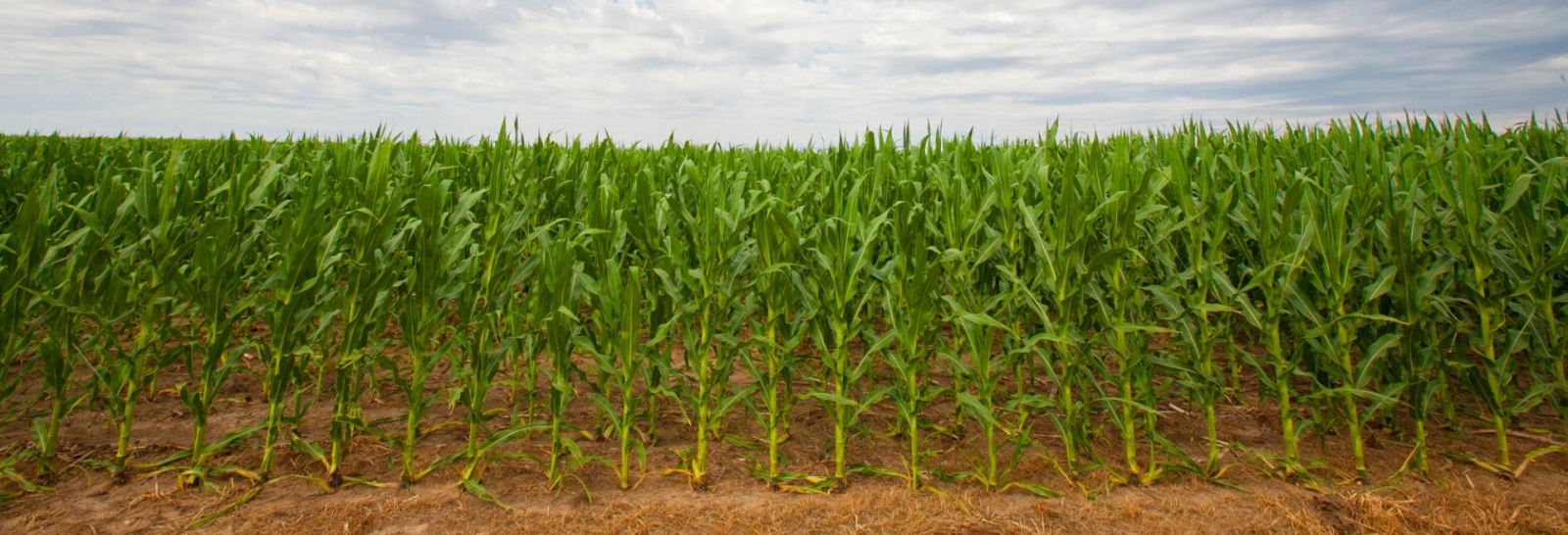Over the past 25 years, producers have operated within the modern crop insurance regime, gaining valuable insights into understanding the essence of how insurance operates. The insurance market, including crops, property, and casualty, has experienced changes, especially in the past couple of years. Crop insurance per-acre premiums have risen and contract offerings have expanded, contributing to further complexity. Property and casualty have experienced increased claims costs, leading to higher premiums and/or higher deductibles and, sometimes, drops in coverage.
Increased knowledge of how insurance markets function, increases in contract complexity, increases in premium, increases in deductibles, and the threat of being denied coverage for risks makes the time ripe to discuss an insurance alternative: Section 831(b) of the U.S. tax law, commonly referred to as “micro-captives”.
A micro-captive corresponds to an insurance company that is entirely owned and operated by the insured. Micro-captives pay taxes on investment income, meaning that underwriting gains (earned premiums less indemnities) are exempt from federal income tax. Micro-captives have been in existence for almost 40 years, since the 1986 Tax Reform Act. Since then, some reforms have been aimed at modernizing micro-captive tax code.

